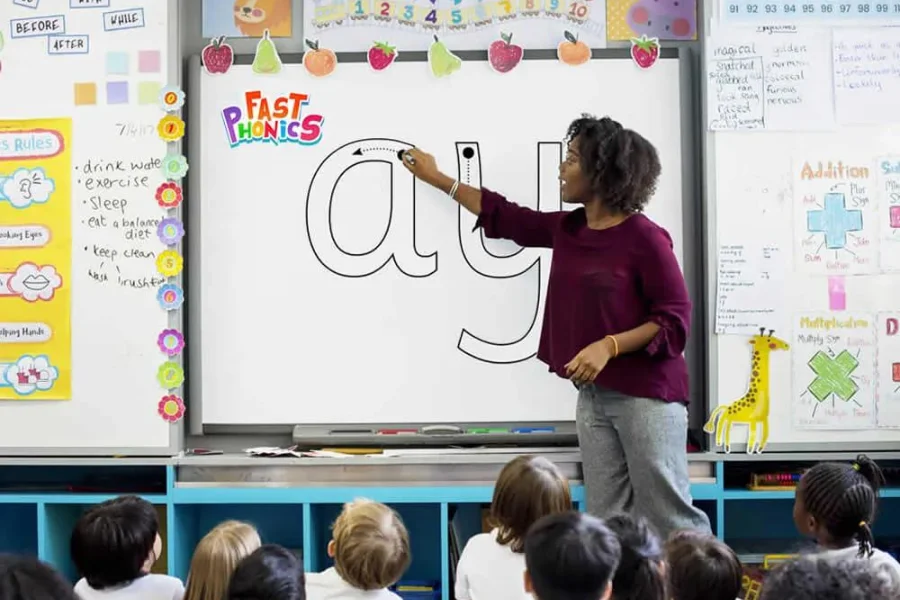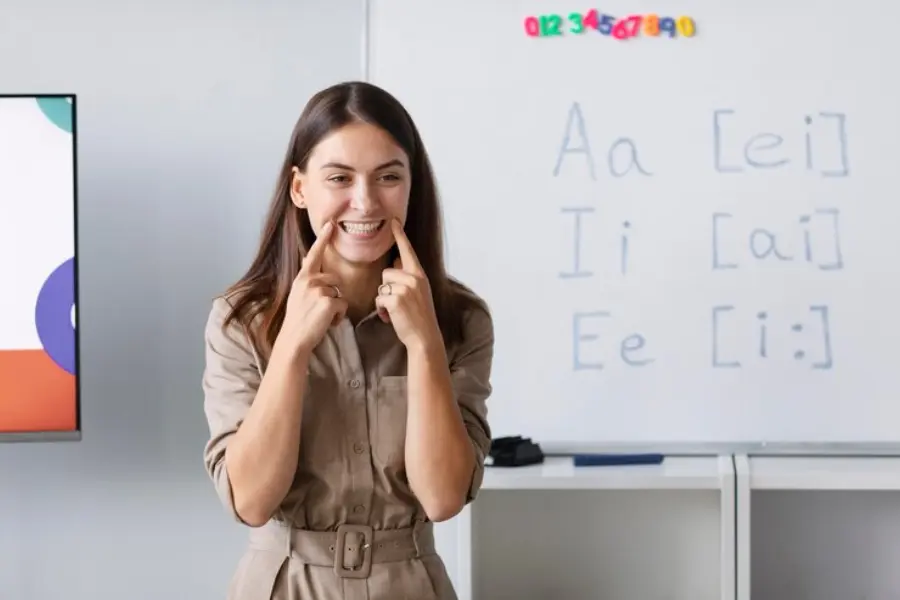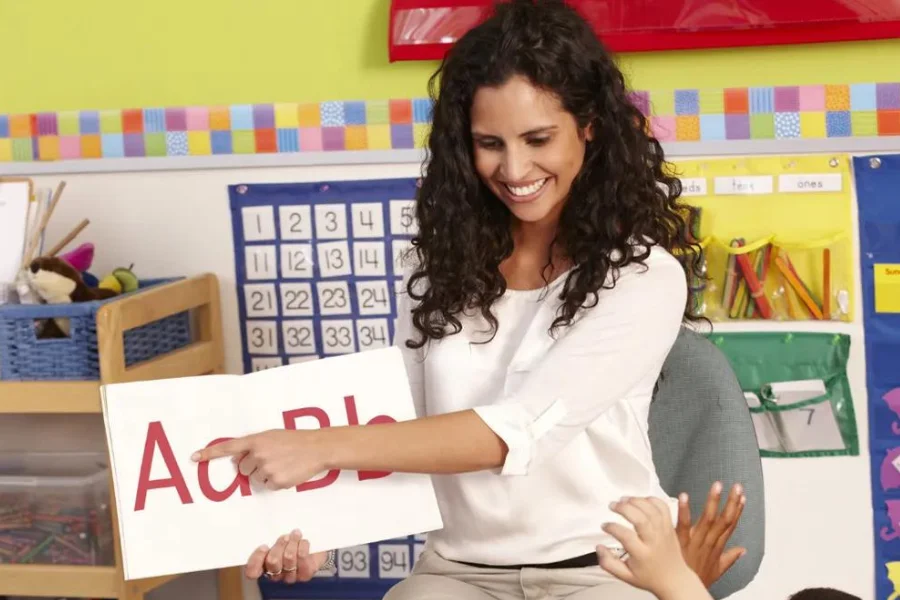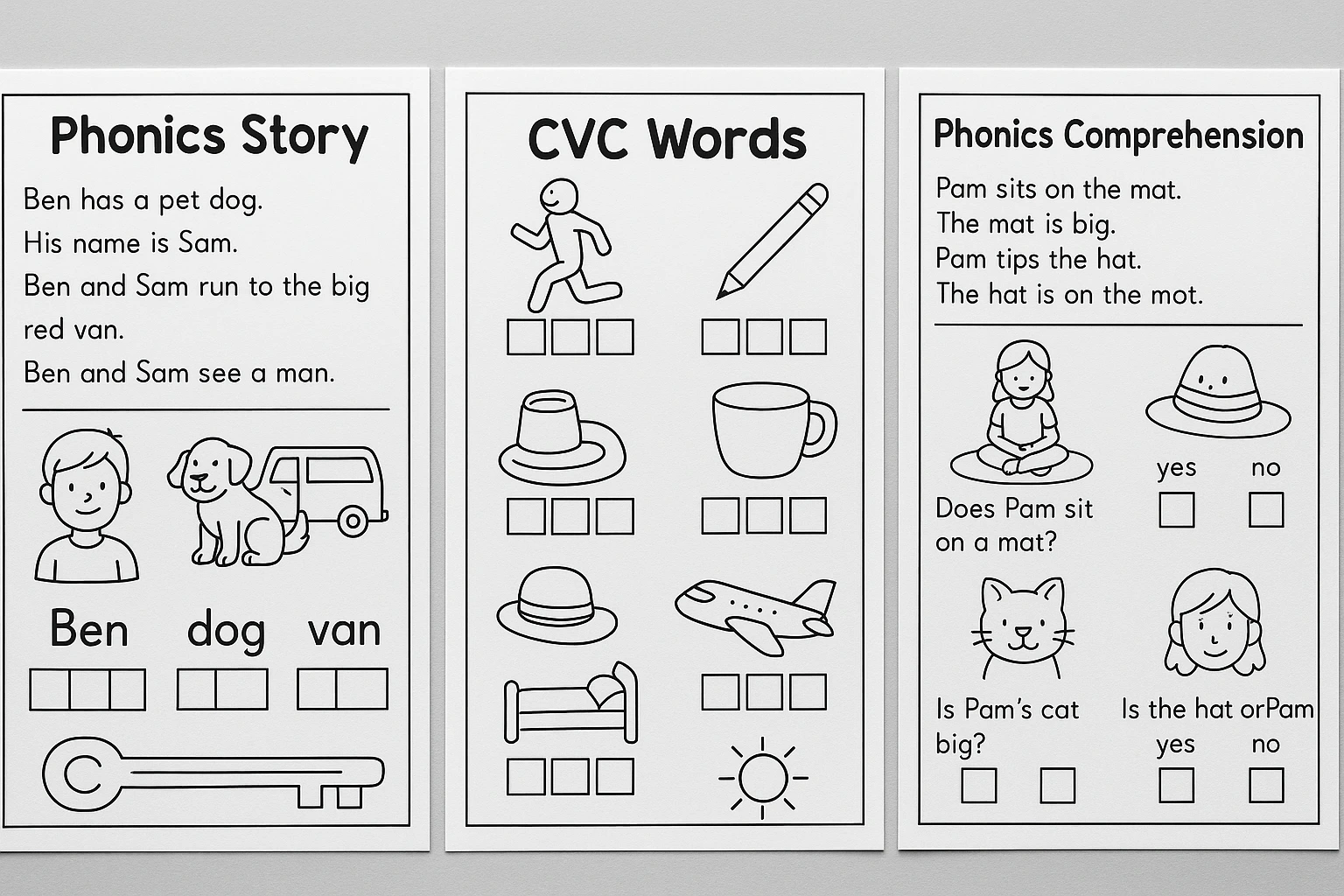A Guide for Phonetics Beginners

Source: assets
A Guide for Phonetics Beginners
Learning Phonetics creates a robust foundation in reading using sound-based practices. This is A Guide for Phonetics Beginners and will give brief tips to notice tricky contrasts, practice with familiar words, and avoid standard mistakes. Whether you’re a student or a teacher, it’s designed to support Phonetics Beginners to build confidence and precision. By the end, Phonetics Beginners will realize where to start, what to practice first, and ways to keep improving.
Table of Content
Why are Phonetics Useful for us?
Phonetics is the breakdown of speech sounds and how they are constructed, heard, and comprehended. It helps Phonetics Beginners acknowledge the association between sounds and language, making communication clearer and more precise.
Here’s Why are Phonetics Useful for us:
Enhances Enunciation
It introduces the right way to enunciate words, helping speakers sound more authentic and confident.
Supports Language Learning
Phonetics makes it easier for second-language Phonetics Beginners to identify and produce unfamiliar sounds, reducing confusion and building mastery.
Expands Listening Mastery
Comprehending dissimilarities in phonetics sharpens the ear for letter-sounds that may appear alike, enhancing listening mastery.
Boosts Reading and Spelling
It helps interpret words, making reading and spelling more precise, especially for those with learning disorders and Phonetics Beginners.
Speech Therapy
Phonetics is used by speech therapists to help individuals overcome speaking disorders.
Vital for Educators
Educators with Certification in Phonetics are well-trained to teach students more effectively in enunciation, spelling, and reading development.
Applicable in Linguistic Studies
For those working in linguistics or exploring languages, phonetics provides a steadfast foundation for comprehending sound patterns in speech.
In simple terms, phonetics is an excellent tool supporting Phonetics Beginners with explicit communication, finer language skills, and more meticulous teaching and learning.
For downloading the brochure about Phonics Course, Click Here!
Call or Whatsapp on +918104606573 / +919869866277, for Admission Details of Phonics Course.

Source: freepik
What are Vowel and Consonant Sounds?
Knowing the difference between Vowel and Consonant Sounds is a big help with spelling rules.
Vowel Sounds
- Sounds produced through the free flow of air from the mouth are vowel sounds. The shape of the tongue and lips differentiates the vowel sounds. Examples comprise a, e, i, o, u.
- Each vowel can have short and long forms, like- ‘a’ in fat vs. fake.
- Vowel sounds are voiced, implying a vibration is sensed in the vocal cords when producing them.
- The English language has only 5 vowel letters- but there are almost 20 vowel sounds.
Consonant Sounds
- Consonant sounds are made when the flow of the air is partly or fully intercepted by the lips, tongue, teeth, or throat. Examples include b, d, k, m, s, t.
- There are voiced consonants- b, d, etc., and voiceless consonants- p, t, etc.
- They are fricatives- e.g., f, s, and plosives- e.g., p, t.
Key Difference
- Vowels allow free flow of air; consonants implicate some stoppage.
- No word in English can be read without a vowel sound.
Knowledge of Vowel and Consonant Sounds helps Phonetics Beginners with articulation, self-supported spelling, and reading.
For downloading the brochure about Phonics Course, Click Here!
Call or Whatsapp on +918104606573 / +919869866277, for Admission Details of Phonics Course.

Source: d2c0db5b8fb27c1c9887
Learning To Pronounce: Vowels and Consonant
Learning To Pronounce
Vowels and Consonant correctly helps Phonetics Beginners build a strong understanding of speaking any language. A command over each sound makes the articulation and hearing of words easier.
Pronouncing Vowels
- Practice short vowel sounds- /æ/ in pat, /ɪ/ in fin, /ʌ/ in tub.
- Learn long vowel sounds- /i:/ in heal, /u:/ in good, /ɑ:/ in tar.
- Mirrors help to see the movement of the mouth for each vowel sound enunciation.
- Enunciate pairs like ship–sheep or cot–coat to hear and understand the difference.
Consonants Pronunciation
- Begin with mistakeable pairs-Example- /p/ and /b/, /t/ and /d/, /f/ and /v/, etc.
- Observe for voiceless sounds vs. voiced sounds- Example- voiceless- /s/ in see, voiced- /z/ in zoo.
- Noticing the motion of the mouth helps in consonant sound enunciation.
Suggestion
- Hear native speakers and try reciting after them.
- Record your voice to review for clarity and rectify errors, if any.
- Practice everyday words and sentences regularly.
- Use simple phonics means or mobile applications to hear the exact sound of each letter.
Learning to enunciate vowels and consonants methodically makes speech more obvious, supporting steady progress.
For downloading the brochure about Phonics Course, Click Here!
Call or Whatsapp on +918104606573 / +919869866277, for Admission Details of Phonics Course.

How to Gain Skills as Phonics Teacher?
Adept skills in phonics teaching are a result of enduring practice, patience, and proper training. Phonics instruction is not only restricted to teaching letter sounds—it involves familiarizing children to associate sounds with letters, blend them into words, and develop a strong reading basis.
Here’s How to Gain Skills as Phonics Teacher:
Get Proper Training
Register for a structured Phonics Teacher Training Course to learn phonics approaches, sound techniques, and pedagogy strategies. Vidhyanidhi Education Society (Govt. Regd.) offers a well-designed course that equips Phonetics Beginners with theory and practical instruction tools.
Master Phonetic Sounds
Learn the 44 English phonemes. It gives an understanding of how phonemes mould a word. This familiarity helps in teaching proper sounds and letters.
Practice Instruction Methods
Practice instruction methods for smooth and confident teaching.
Use Phonics-Based Books
Use books and resources that support phonics learning. These are essential resources for structured reading sessions.
Focus on Assessment Skills
A good Phonics Teacher Training Course includes training Phonetics Beginners on assessing a child’s phonics improvement and identifying where they may need support.
Keep up with Trends
Participate in workshops or join online conferences where educators share the latest theories, instruction techniques, and modern challenges in phonics instruction.
Expert-led program
Join programs like the Phonics Teacher Training Course by Vidhyanidhi Education Society (Govt. Regd.), where expert trainers offer aid and advice to help you build your mastery effectively.
By following these steps and choosing the right Phonics Teacher Training Course provider, Phonetics Beginners can Gain Skills as Phonics Teacher and help children grow into confident readers.
Join Vidhyanidhi’s Phonics Course and start shaping confident young readers today!
For downloading the brochure about Phonics Course, Click Here!
Call or Whatsapp on +918104606573 / +919869866277, for Admission Details of Phonics Course.
FAQs
What are the Vowel Sounds in A to Z?
The vowel sounds are- /a/, /e/, /i/, /o/, /u/- each with short and long forms.
How to be a Good Phonics Teacher?
Join a certified Phonics Teacher Training Course like the one by Vidhyanidhi Education Society and use clear, fun, and structured methods.




